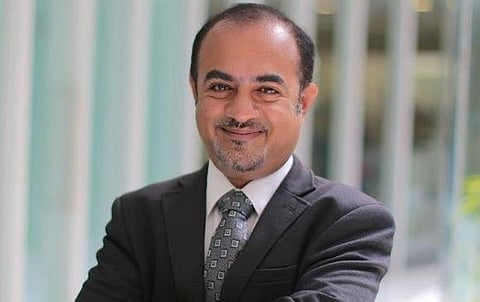
- News
- Columns
- Interviews
- Law Firms
- Apprentice Lawyer
- Legal Jobs
- हिंदी
- ಕನ್ನಡ

Ajit Warrier
In an earlier article, the author had offered suggestions for the efficient and robust working of the Commercial Courts Act, 2015 (“the 2015 Act”).
This article examines whether a Commercial Court should bear the mantle of an adjudicator whose participation in the proceedings is confined to passively presiding over the trial or whether the presiding judge should take on a more visible and proactive role in the proceedings and, in a sense, re-define the traditionally adversarial court system in India.
This conundrum has been agitating the judicial conscience in India for several decades now. In Ram Chander v. State of Haryana, the Supreme Court of India noted that in criminal cases, the courts should cease to be a ‘spectator’ and a ‘mere recording machine’ and must become a participant in the trial by evincing intelligent active interest. Justice Chinnappa Reddy, who authored the judgment, posited the judicial quandary by raising the following questions:
“What is the true role of a judge trying a criminal case? Is he to assume the true role of a referee in a football match or an umpire in a cricket match, occasionally answering, as Pollock and Maitland(1) point out, the question ‘How is that’, or, is he to, in the words of Lord Kenning ‘drop the mantle of a judge and assume the role of an advocate? (2) Is he to be a spectator or a participant at the trial? Is passivity or activity to mark his attitude? If he desires to question any of the witnesses, how far can he go? Can he put on the gloves and ‘have a go’ at the witness who he suspects is lying or is he to be soft and suave?”
The Supreme Court, adverting to Section 165 of the Indian Evidence Act, 1872, held that it was the bounden duty of a judge to discover the truth.
Almost a decade later, the Supreme Court, in Mohanlal Shamji Soni v. Union of India, dealt with the question whether a court, faced with withholding of best evidence by a party, should “simply sit as a mere umpire” or has a legal duty of its own to take an active role in the proceedings in finding the truth and administering justice. The Supreme Court again reposed its faith in the latter approach.
This judicial sentiment is not confined to criminal cases alone, and has been reiterated by the Apex Court in other categories of cases also.
In the author’s view, the 2015 Act provides several ports of call for a presiding judge of the Commercial Court to engage in discovery of truth. Some of the noteworthy provisions inserted into the Code of Civil Procedure, 1908 (“the Code”) include the following:
The author believes that when the special provisions introduced by the 2015 Act begin to be employed by the Commercial Courts with greater frequency and creativity, that would, to paraphrase Justice Chinnappa Reddy’s words in the Ram Chander judgment, enable the judge “like the conductor of a choir” to “by force of personality, induce his team to work in harmony, subdue the raucous, encourage the timid, conspire with the young, flatter and (sic the) old”.
The author is a Partner at Shardul Amarchand Mangaldas & Co. He specialises in the Dispute Resolution and Litigation Practice.
Disclaimer: The content of this article is intended to provide a general guide to the subject matter. Specialist advice should be sought about your specific circumstances. Further, the views in this article are the personal views of the author.